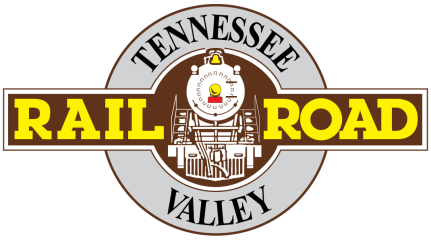CENTURY CELEBRATION: SOUTHERN RAILWAY DINING CAR 3158
Celebrating 100 Years: The Journey of Southern Railway Dining Car No. 3158
A Century of Service – TVRM’s former Southern Railway Dining Car No. 3158 has long held the record of being the oldest continuously operating dining car in the country, and today that record enters triple digits, as the venerable 78 foot long, 87-ton heavyweight car celebrates its centenary, according to Southern Railway Mechanical Department files, which list a service date of February 21st, 1924. Although the 3158 is relatively unchanged from its donation to the Tennessee Valley Railroad Museum by Southern Railway in June of 1969, baring a few cosmetic changes, and upgrades to its systems (32v D.C. to 220/110v A.C.; HVAC, Kitchen Appliances), it looks markedly different to how it did 100 years ago. The 3158 of 1924 was one of 13 dining cars built by The Pullman Company, for the Southern Railway between 1923 and 1925, as part of Lot 4723. As delivered the car was a typical 1920s car, featuring a wood-grained interior (with pen-lining), high-backed leather chairs with brass studs, a clerestory roof outfitted with ornate brass “Berry Bowl” Light Fixtures, “Fandeliers” (this was before air conditioning), and opening windows. From an operational end, the car featured a wood fired range, steam heat, battery electrics charged from a belt around one of the car’s 6 axles, and seating for 36 passengers: with a row of tables for 2 on one side, and 4 on the other. The 3158 was cutting edge in 1924, replacing older cars built of wood that even featured stained glass “gothic sash” toplight windows; but the 1920s and 1930s were a period of marked development in the railway industry, including the first official 100 mile per hour run; and the introduction of air conditioning in railcars. The first railcar to be air conditioned was a dining car as a matter of fact, the B&O “Colonial Diner” MARTHA WASHINGTON, unveiled in 1930. Dining Cars, followed by Pullman’s fleet of sleeping cars were prime candidates for air conditioning, both for comfort for the first class passengers within them, as well as sanitation. This was the era of the steam locomotive, and in most cases in the Eastern United States, the coal fired steam locomotive. Open windows meant coal soot, ash, cinders, and other filth, which became incredibly noticeable on white table linens and bed sheets. The 3158 was climate controlled a few years later, however cinder problems continued to persist according to Southern Railway correspondence in 1938 and 1939, due to loose windows and vents overhead in the clerestory. This along with interior updates (after fire damage) led to some minor internal changes between 1940 and 1942. Nothing major, until November of 1949 that is, when the 3158 was taken to the Southern Railway’s Hayne passenger car shop in Spartanburg, S.C.
